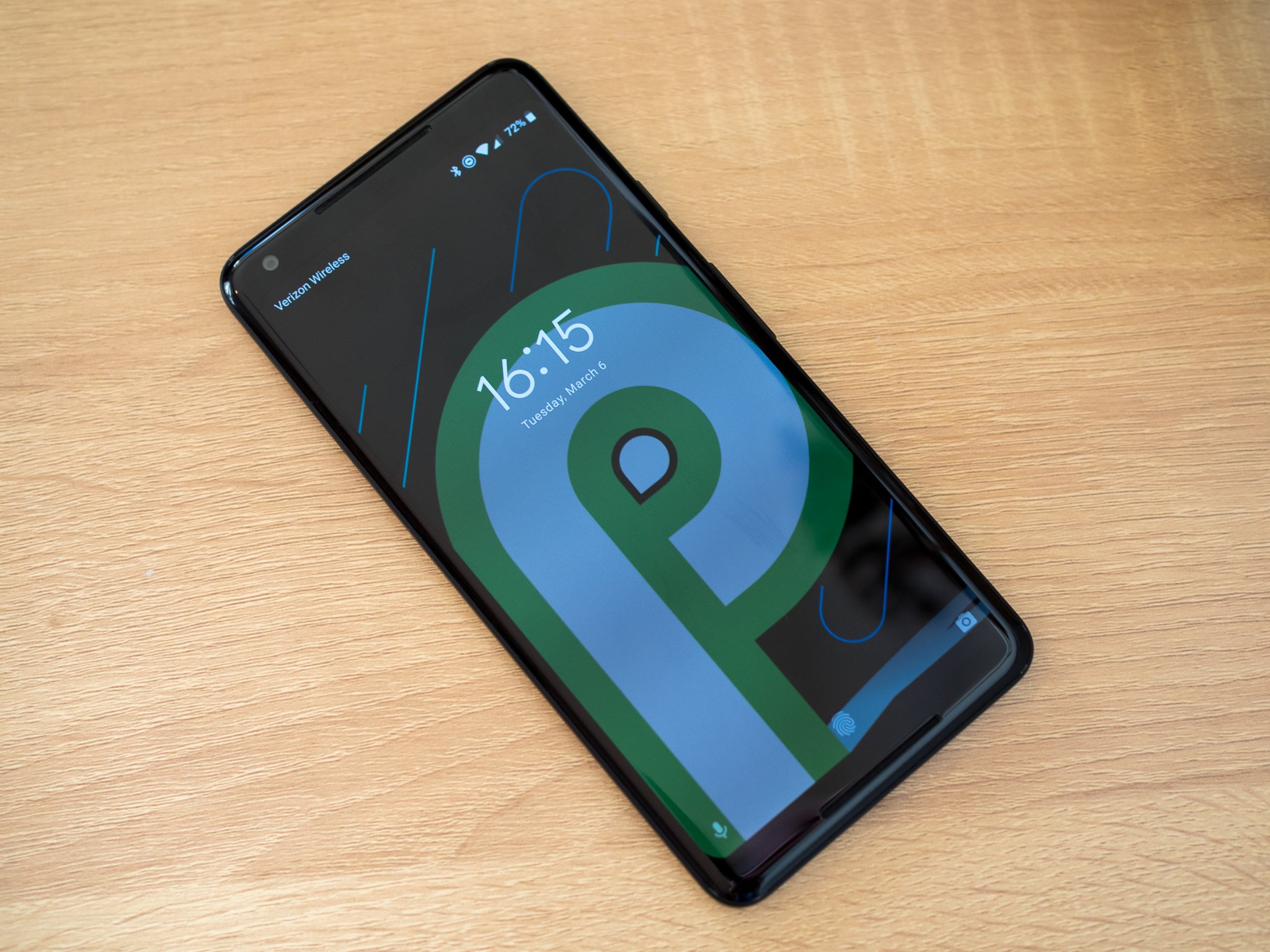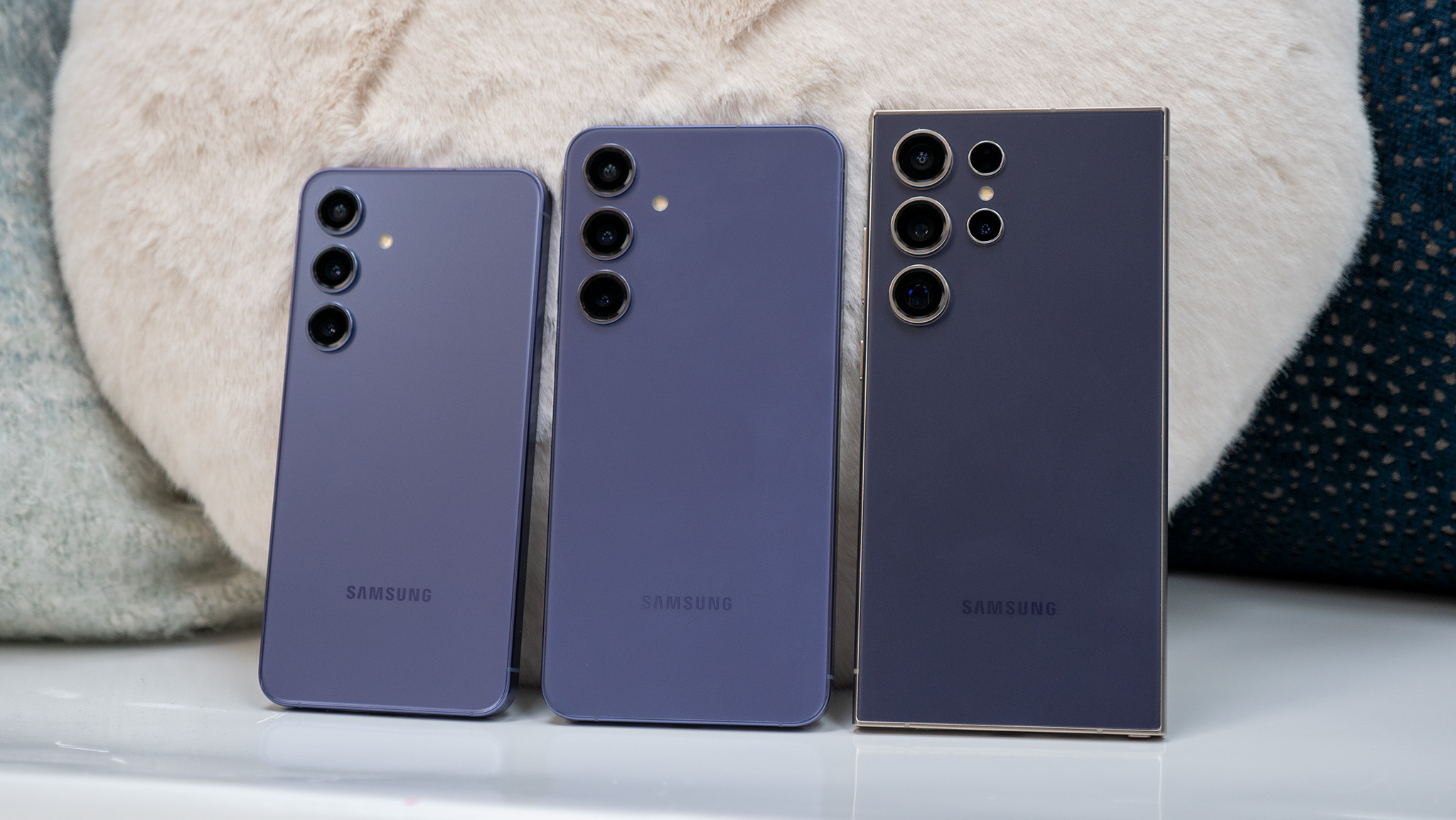Google announces Android P Developer Preview, full images available for Pixel phones now

A day after Google had plenty of fun with National Oreo Day, it's releasing the first Developer Preview of the next software version: Android P. Now we don't know what the official name for Android P will be yet, but that hasn't ever stopped Google from letting developers get their hands on early builds of the new software.
As was the case with both Nougat and Oreo, Android P is looking to be a relatively small release in terms of notable design changes, and will instead focus on a wide variety of user experience improvements and underlying performance changes. Here are the highlights:
- Display cutout (notch) support: Android P is designed to let manufacturers and app developers target screens that have cutouts, making sure that apps don't attempt to draw in a place that isn't actually a display. Manufacturers can define both the existence of the cutout and its dimensions, and app developers can easily see these parameters. There is a new developer option (also available in the device emulator) to simulate a display cutout on any device.
- Multi-camera API: Developers can now access data streams simultaneously from multiple physical cameras on a device running Android P. This also offers an option for a combined stream that automatically switches between multiple cameras.
- Wi-Fi RTT indoor positioning: Platform support for Wi-Fi RTT (round-trip-time) location, which gives developers more precise device location information indoors. Wi-Fi RTT measures the device's distance to Wi-Fi access points, without connecting to them, to determine location with an accuracy of as little as 1 to 2 meters.
- Security improvements: Android P moves to a more consistent interface for fingerprint authentication across apps, with a standard system dialog for prompting the user for their fingerprint. The new software also changes the defaults for Network Security Configuration to black all cleartext traffic and use a secure TLS connection instead. Android P also now restricts access to a device's mic, camera and sensors from apps that are idle — i.e. if an app is not actively running, it will receive completely blank mic, camera and sensor data.
- Messaging notification improvements: Apps can now use the new "MessagingStyle" notification type to include more information in the notification shade pertinent to messaging apps. This includes avatars, conversation information, photo attachments and suggested smart replies.
Android P: Top things you need to know about the latest version of Android
If previous years of Developer Previews are any indication, this first release of Android P will be both incomplete and unstable. For that reason, we're not recommending flashing this software to your main device as it is all but guaranteed to be filled with show-stopping issues if you attempt to use it daily. If you're just itching to get the latest software on your phone, it's available for the Pixel 2 XL, Pixel 2, Pixel XL and Pixel. Yes, that means no Nexus 6P or Nexus 5X — this is the end of the line for major platform updates on those phones.
Google will make full factory images available on its Developer Preview website, and if you have any worries about the flashing process, we have a handy guide with step-by-step instructions! Google is not opening up the Android Beta Program for seamless OTA updates until a future version of the Dev Preview that is more stable.
How to get Android P on your Pixel (and how to roll back to Oreo)
Be an expert in 5 minutes
Get the latest news from Android Central, your trusted companion in the world of Android
Andrew was an Executive Editor, U.S. at Android Central between 2012 and 2020.

